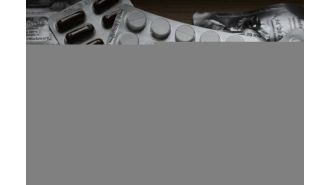The Leaded gasoline trail
I thought leaded gasoline was a thing of the past. It was banned in automobiles after clear causal impact to brain development in children.
However, it turns out that lead wasn’t banned in small airports. The consequence, as a Quartz investigation revealed, is that it is still used for refueling in every small airport in the United States- every two small airports that finally banned leaded fuel.
When I first dug in here, it blew my mind. Airplane owners in Santa Clara county fought the county rule when this was implemented in January. Would they have done so if their kids were exposed to the lead next to the airport?
It got me thinking about the power of economic incentives in driving behavior. It is why our track record of doing the right thing is poor. We only make that choice if it is cheap or convenient.
It is why we’ll likely not see enough written about the causes of the tremendous flooding at the iconic Yellowstone national park – one among many environmental crises facing many US national parks who are dealing with extreme weather and melting glaciers. This is the case the world over – melting glaciers have even caused Nepali authorities to begin moving base camp on Mt. Everest.
It is pretty dire.
But I don’t think it is too late either. Or at least I’ve come to realize that such optimism is important.
On the bright side, the Indian Government announced plans to conduct its first offshore wind auction with 10-12 Gigawatts capacity. For context, the largest wind auction in the US sold rights for ~6 GW. It is great news for decarbonization. Similarly, the University of Chicago released data that China has reduced air pollution by 40% in the last 7 years (it took the US thirty years to achieve a reduction at this scale).

And there was good news closer to home too. Grid-scale energy storage in the US quadrupled in the past year.
All these installations will make clean energy cheaper. Until it becomes the only choice.
Here’s to less lead, less pollution, and more free energy from the wind and the sun.






